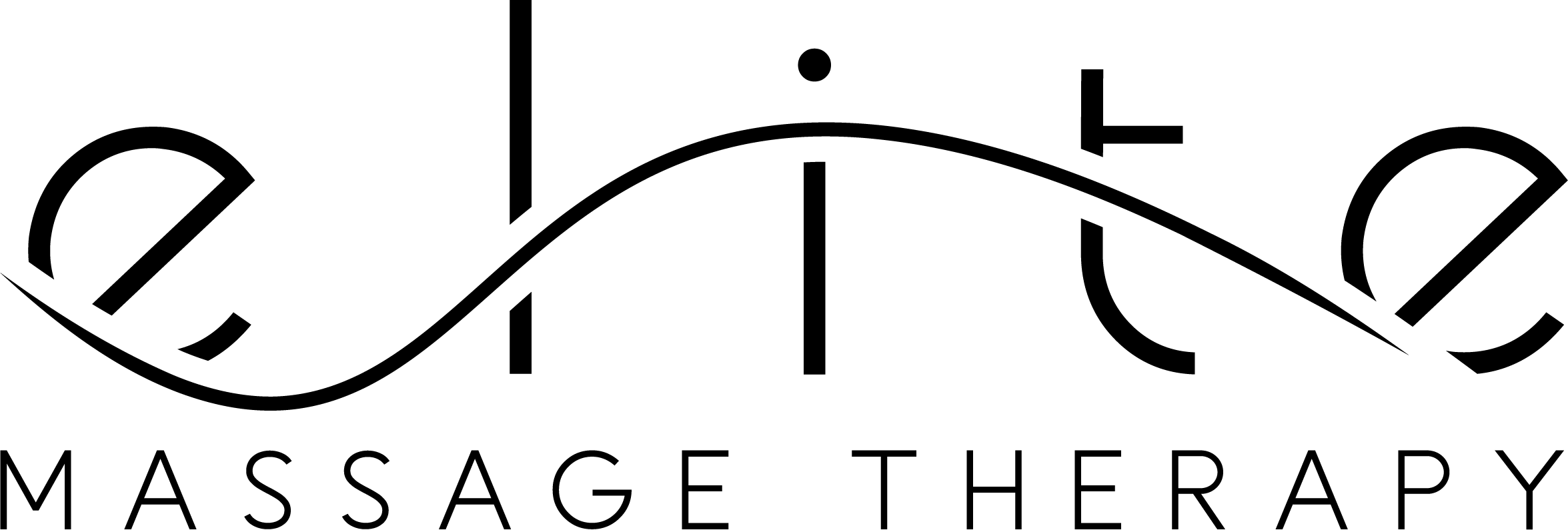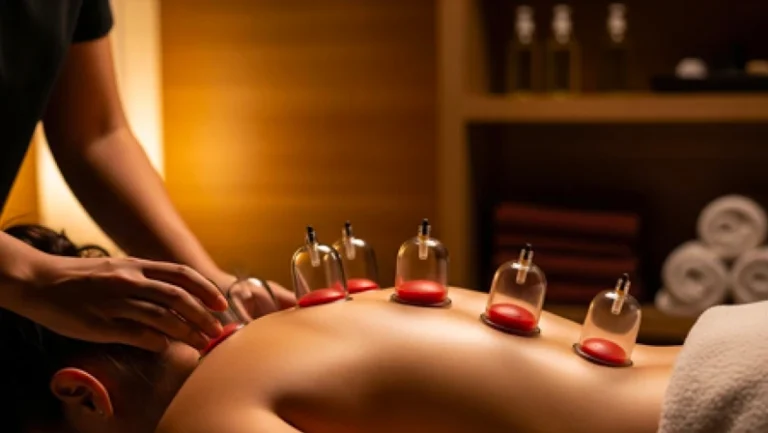Pregnancy is an incredible journey filled with joy and transformation, but it also brings a variety of physical and emotional challenges. As the body changes to support a growing baby, many women experience discomfort such as back pain, swollen legs, headaches, and disrupted sleep. These common issues, though natural, can interfere with a mother’s well-being and daily routine.
Prenatal massage has become a trusted method for alleviating many of these symptoms in a safe and nurturing way. From reducing muscular tension to calming the nervous system, the benefits of therapeutic touch during pregnancy are far-reaching. When performed by trained professionals, prenatal massage provides much-needed relief, helping mothers feel more comfortable and supported throughout their pregnancy.
What Is Prenatal Massage?
Prenatal massage is a specialized form of massage therapy designed to address the unique physical and emotional needs of expectant mothers. Unlike traditional massage, it uses specific techniques and positioning to ensure both mother and baby remain safe and comfortable. By focusing on the areas most affected by pregnancy changes, such as the lower back, hips, and legs, this type of massage promotes overall pregnancy pain relief and wellness.
Common Pregnancy Discomforts: Prenatal Massage Can Help Relieve
Pregnancy comes with its share of physical strains. Here’s how prenatal massage offers effective relief for the most common discomforts.
Lower Back Pain
Lower back pain is one of the most frequently reported pregnancy discomforts. As the belly expands and posture shifts, extra strain is placed on the lumbar region. Back pain during pregnancy massage focuses on relieving tension in the lower spine, glutes, and surrounding muscles, making daily movement more manageable.
Sciatica and Hip Pain
The weight of the growing uterus can compress the sciatic nerve, causing pain that radiates from the lower back down the legs. Massage for sciatica in pregnancy can reduce inflammation and soothe tight muscles that contribute to nerve pressure, helping restore mobility and ease.
Leg Cramps and Swelling (Edema)
Swollen legs during pregnancy are common due to fluid retention and increased pressure on blood vessels. A swollen legs pregnancy massage uses gentle strokes to stimulate lymphatic flow and improve circulation, reducing puffiness and alleviating leg cramps.
Shoulder and Neck Tension
Poor sleep positions and hormonal changes can lead to muscle tension in the shoulders and neck. Prenatal massage techniques ease tightness in these areas, releasing built-up stress and promoting better posture and comfort.
Headaches and Migraines
Hormonal shifts and physical stress can lead to frequent headaches or migraines. Massage therapy for pregnant women helps improve circulation and reduce muscle tension that may trigger these discomforts, offering natural relief without medication.
Carpal Tunnel Syndrome
Many expectant mothers develop carpal tunnel syndrome due to fluid buildup that puts pressure on the median nerve in the wrist. Prenatal massage gently relieves this pressure, reducing pain, tingling, and numbness in the hands.
Stress, Anxiety, and Sleep Issues
Prenatal stress relief is one of the most appreciated benefits of massage therapy. The calming environment and rhythmic touch activate the body’s relaxation response, decreasing cortisol levels and improving mood. This, in turn, supports better sleep and emotional balance during pregnancy.

Safe Prenatal Massage Techniques & What to Expect
When performed correctly, prenatal massage is a safe and soothing experience. Here’s what to expect during a session.
Specialized Positioning
Pregnant clients are typically positioned on their side or with special bolsters to ensure comfort and safety. This minimizes pressure on the abdomen and allows full access to key muscle groups.
Gentle Pressure & Avoided Areas
Therapists use gentle to moderate pressure, avoiding areas like the inner thighs, abdomen, and pressure points known to stimulate contractions. These precautions ensure a safe pregnancy massage experience.
Certified Therapists
Only licensed massage therapists trained in prenatal care should perform these treatments. Their knowledge of anatomy, contraindications, and pregnancy-specific techniques ensures effective and risk-free sessions.
When to Avoid
While prenatal massage is safe for most, there are certain conditions—such as high-risk pregnancy, preeclampsia, or placenta previa—that may require medical clearance. Always consult your healthcare provider before starting any massage regimen.
Best Times to Get a Prenatal Massage (By Trimester)
Prenatal massage can offer different benefits during each stage of pregnancy. Here’s what to expect across the trimesters.
First Trimester
While massage is generally safe in the first trimester, many therapists prefer to wait until after 12 weeks due to the higher risk of miscarriage during early pregnancy. Light relaxation-focused massage may be appropriate for those cleared by their doctor.
Second Trimester
This is typically the most comfortable time for a massage. The body is adjusting to pregnancy, and prenatal massage benefits include easing back pain, reducing leg cramps, and managing growing physical stress.
Third Trimester
As delivery nears, massage helps manage increased discomfort from the added weight and hormonal shifts. Techniques in this trimester focus on back pain, sciatica, and swollen legs during pregnancy massage, helping mothers prepare for labor.
Postpartum Recovery
Massage continues to provide support after childbirth. It aids in muscle recovery, reduces swelling, improves circulation, and offers emotional comfort during the postpartum transition.

Tips for Maximizing Your Prenatal Massage Experience
To get the most out of each session, consider these helpful tips:
- Stay hydrated: Drinking water before and after your session helps flush out toxins and supports healthy circulation.
- Communicate with your therapist: Let them know what areas are tender, what trimester you’re in, and any pregnancy complications you may have.
- Maintain a regular schedule: Regular massage appointments (every 2–4 weeks) can deliver cumulative benefits and consistent relief.
- Pair with other prenatal wellness routines: Massage works well alongside prenatal yoga, light exercise, stretching, and relaxation techniques for a more holistic pregnancy care plan.
Feel Better, Naturally: Why Prenatal Massage Matters
Prenatal massage is more than a relaxing treat—it is a therapeutic tool that addresses many common pregnancy discomforts in a safe and holistic way. From back pain and sciatica to carpal tunnel and sleepless nights, the benefits are physical, emotional, and mental. With the right therapist and tailored techniques, expectant mothers can find real, lasting pregnancy pain relief throughout each stage of their journey.
If you’re looking for expert prenatal care, Elite Massage Pearland offers specialized services designed with you and your baby in mind. Our team of certified therapists is trained in safe pregnancy massage techniques that provide real results. Contact us today!





